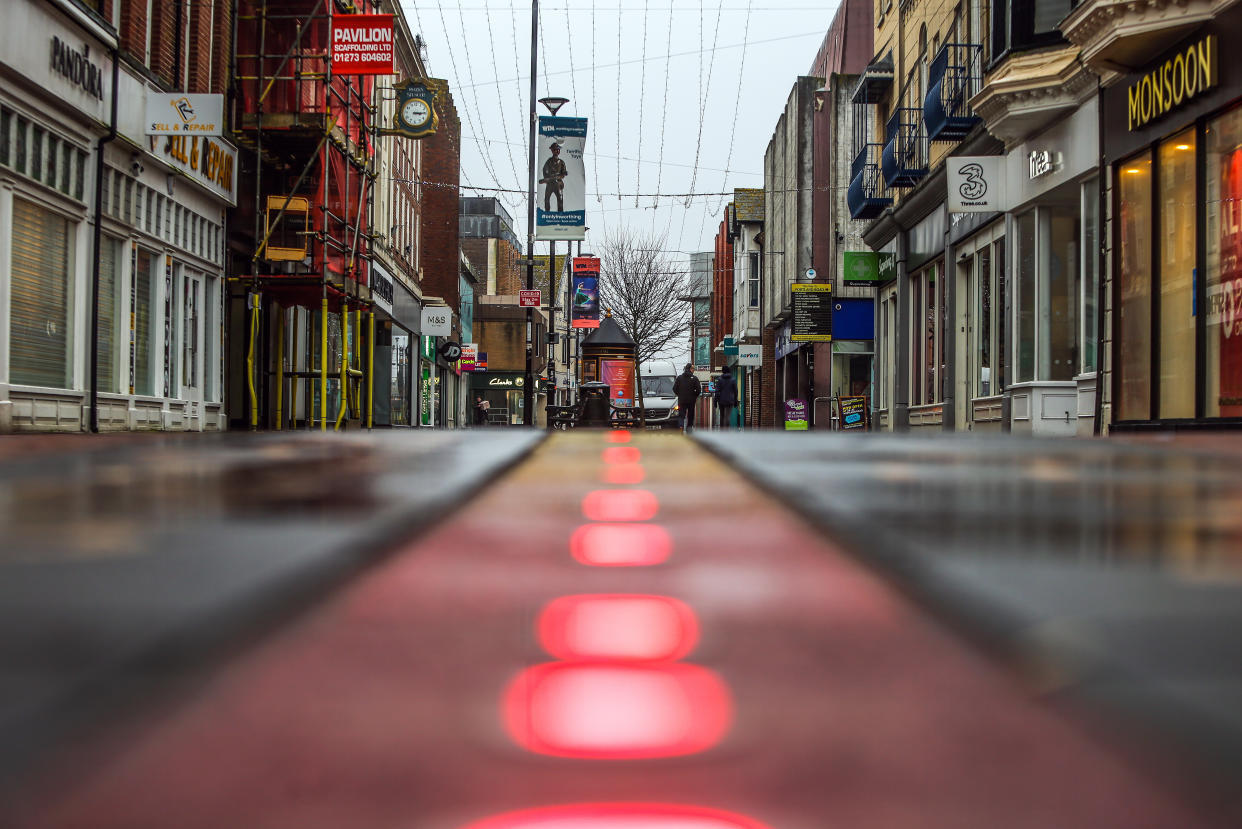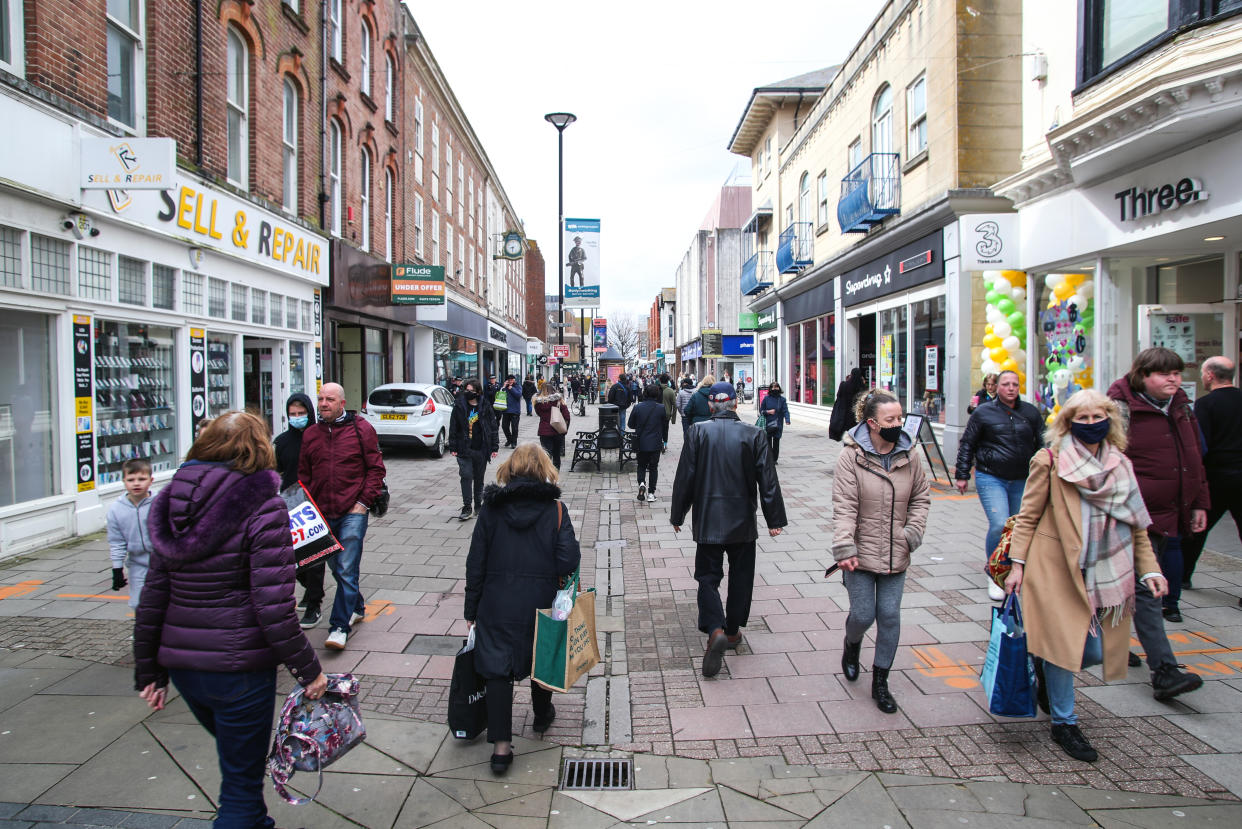The town with only 4 square metres of green space for every person who lives there

After spending 15 months flitting in and out of lockdowns, many of us have emerged with a new-found appreciation for our local green spaces.
For much of the time since March last year, going for a walk or jog around the park has been one of the few enjoyable things we’ve been allowed to do outdoors.
With England’s restrictions set to be lifted on 19 July, how has lockdown been for people in the town with Great Britain’s lowest amount of green space when measured per person?
That town is Worthing, in West Sussex, which according to Ordnance Survey research from 2018 has just 3.9 square metres of green space per person.

This is only slightly higher than Hong Kong, one of the most densely populated places in the world, which the Civic Exchange think tank said in 2017 offers just 2.7 square metres per person.
The town also compares to Milton Keynes, which has Great Britain’s highest amount of green space per person at 47 square metres.
Its lack of green space was even highlighted at a House of Lords committee last week, in a hearing discussing the long-term impact of the pandemic on towns and cities.
Furthermore, about 35% of homes in Worthing are flats, and therefore less likely to have private gardens.
But did all this actually impact the people of Worthing during the pandemic?
For Michelle Furtado, chair of the Adur and Worthing Green Spaces Partnership, which works to improve green spaces in the town and wider borough, the answer is yes and no.
“Walking around our town, it is very grey infrastructure. There are small pocket areas of green, and some of those have been developed in the past. There is also a tiny pocket park which is due to be developed on soon, so there are development pressures that the rest of the UK is feeling.
"There’s always work to be done in terms of bring more green into urban spaces, particularly with the pressures of climate change."
However, she added: “We’ve got some beautiful old Victorian parks in the town and we’re nestled between the sea and the South Downs, so it does feel in the town that we have a fair amount of green space around us.

“The people who live in the town centre are not going to have access to green space as easily as those in the suburbs, but then we have the beach that goes all the way along, so I don’t think there was a massive issue for our town during that time.”
Pauline Cory, who runs a community and wildlife garden in the town's Homefield Park, also said Worthing's proximity to the sea and South Downs meant she "didn't notice it too much" during lockdown.
But she added "I always bemoan the lack of green space in the town" and said access to the community gardens and its allotments has been a "huge bonus".

It's why, with the government wanting 300,000 homes a year to be built in England, town planners and property developers are under growing pressure to provide more green spaces built into developments, according to one expert who spoke at last week's Lords committee hearing.
Mark Hayward, chief policy adviser at Propertymark, told peers: "I think there will have to be more green space, because the developer will have to respond to the demand that there is.
"Their attitude is to increase density wherever they can because it increases profit, but I think they will have to look at that. We have seen that the demand for green space has accelerated very rapidly."


